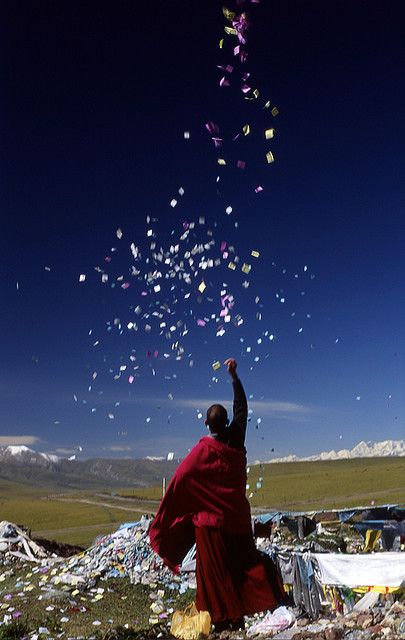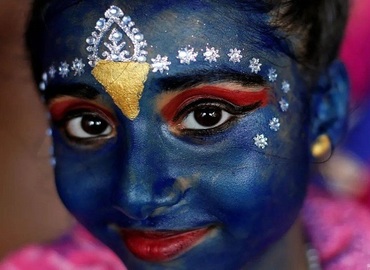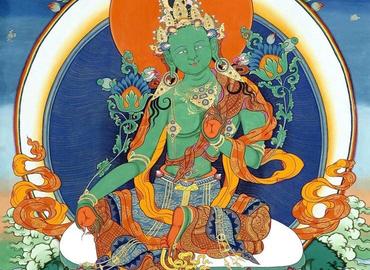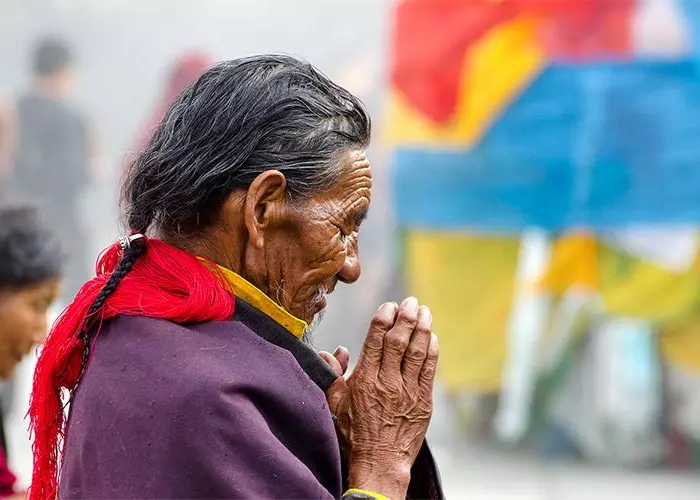Unveiling the Mystery of Longda
- Liffity
- Last Updated : 10/24/2023
In Tibet, there is a universal phenomenon that numerous people scatter scraps of paper into the sky. Nowadays, we advocate environmental protection, while this behavior seems to go against this principle. In fact, those scraps of paper are called Longda, which means blessing. In the Tibetan language, Long means wind, da means horse. Putting together the two words, it means the horse flag in wind.
Compared with prayer flags, the fame of Longda is not well known by most people in the world. Carrying a meaning of blessing as the same as prayer flags, Longda is printed with lection and patterns.
How Many Types of Longda
Longda can be made of paper or cloth with patterns and lection. The shapes of Longda are square or rectangular. Having a close look at the pattern, you will see a horse carrying the wishing jewel in the middle, sun and moon painting on the top, and four animals like dragon, eagle, tiger, and lion standing in the four corners. In the tradition of Tibetan history, different animals have different meanings. The dragon stands for prosperity, the eagle represents vitality, the tiger symbolizes the body, lion means brave, and the horse is spirit.
Paper Longda is always used to scatter into the sky, while cloth Longda is used to hang on the highland. By the way, the paper Longda is made of rice, which will melt when it meets water.
What is the Usage of Longda
Longda is mainly used to seek blessings from Buddha for themselves and their families and express their worship and reverence for Buddhism. Besides these, scattering Longda is also a way to offer sacrifices to their ancestors.
Longda still has another usage in Tibet. When holding a wedding, relatives and friends always scatter Longda into the sky for the purpose of seeking blessing and prayer for the bridegroom and the bride.
Where Does it Go
Longda is an ancient tradition in Tibetan areas. Paper Longda is scattered with the following wind, while cloth Longda is connected with a wool rope hanging on the bridge or some holy high lands, such as Mount Kinabalu. There is no mandatory provision of the destination of Longda.
The colorful Longda are everywhere in Tibet, especially on the Sichuan - Tibetan Highway.
Email response within 0.5~24 hours.







